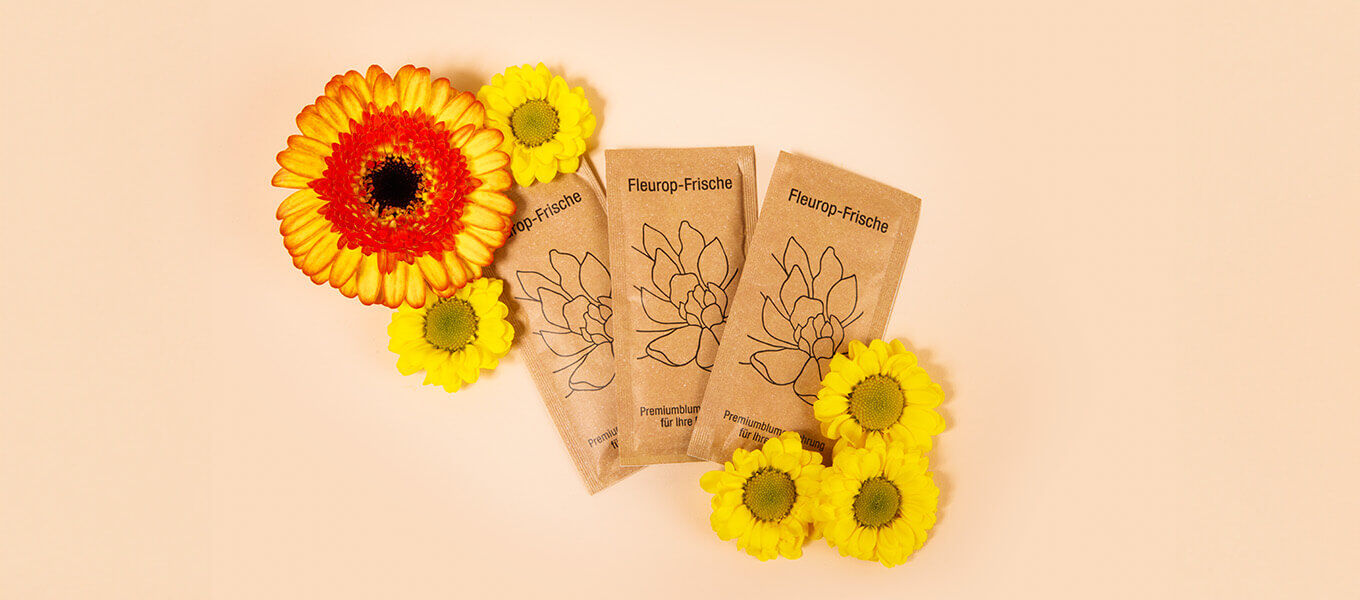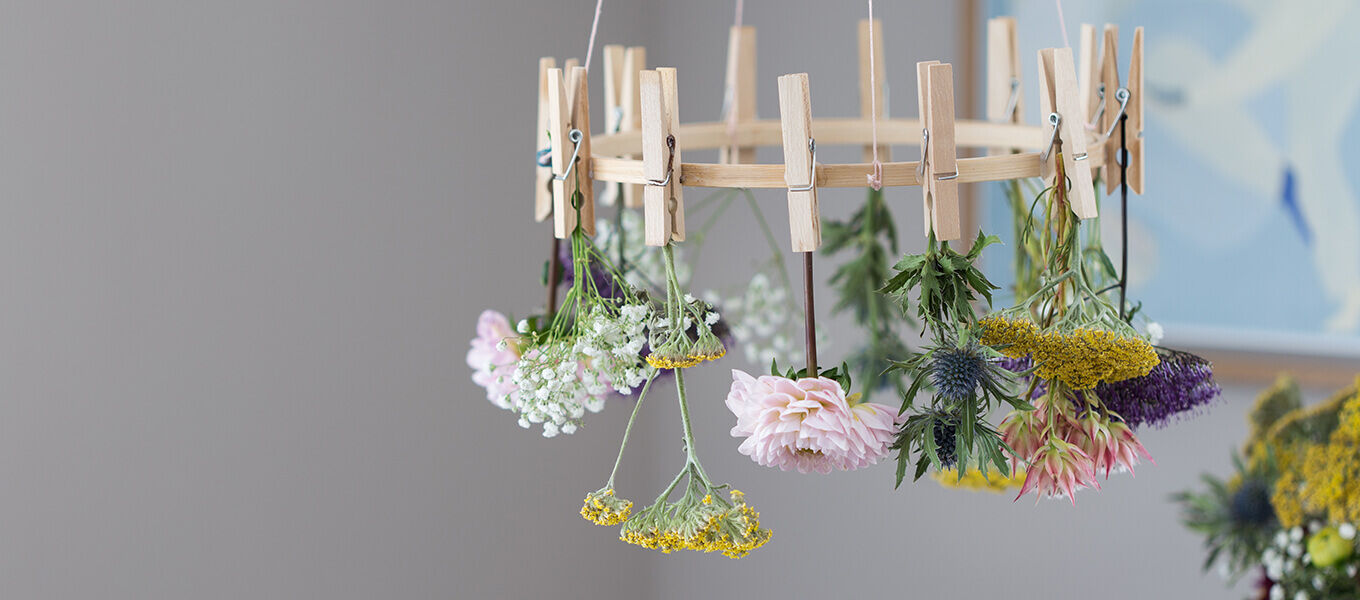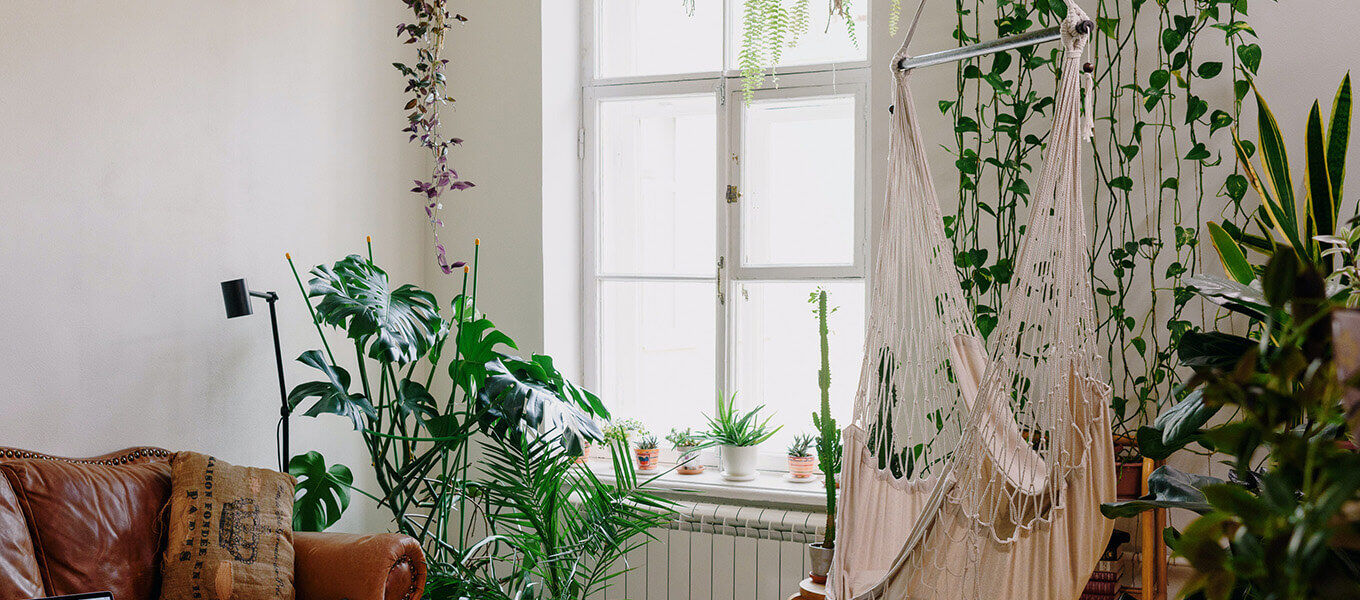
Air-cleaning houseplants – 10 plants for cleaner indoor air
A pleasant indoor climate is important for our well-being and health. Did you know that many houseplants not only beautify our rooms, but also improve the indoor climate? In this article you will learn how houseplants can contribute wonderfully to improving the air quality and the indoor climate and which plants are particularly suitable for this.
What causes a bad indoor climate?
Indoors, we are often exposed to a variety of pollutants that can affect our health and well-being. These substances, which have a major impact on air quality, can come from a variety of sources, such as building materials, furniture, cleaning agents and human metabolism. Common indoor pollutants are volatile substances such as formaldehyde and benzene. Respiratory irritation, headaches, fatigue and dizziness are the most common symptoms of too high a concentration of these substances in the air.
How do houseplants ensure good air?
Houseplants are true air purification artists. Through the process of photosynthesis, they absorb carbon dioxide and produce oxygen. At the same time, they filter pollutants such as formaldehyde and benzene from the air. Studies have shown that many houseplants ensure good air by breaking down pollutants and can thus reduce the risk of various respiratory diseases.
In the cold winter months, when the heating air dries out the air in our homes, houseplants can have a positive influence on the indoor climate. Through the process of transpiration, plants release moisture, which increases the humidity in the rooms. This not only prevents dry skin and respiratory problems, but can also have a positive effect on our mood and concentration. In addition to the benefits mentioned, many houseplants help regulate the room temperature. Through the natural evaporation process, they cool the environment slightly and create a more pleasant atmosphere on hot days. A study has also shown that they have the ability to bind dust particles and thus ensure clean and fresh indoor air. Did you know that houseplants can even help reduce the noise level in your home? Their leaves and branches absorb sound waves and reduce the reverberation in rooms. Especially larger plants like the ficus or rubber tree are effective in this regard. By creating a quiet environment, houseplants promote a sense of relaxation and calm.
It is interesting to know that not all houseplants have the same effect on the indoor climate. Some houseplants improve the indoor climate better than others. The effectiveness depends both on the size of the plant, its location and the number of plants per room.
10 Plants for the indoor climate
To improve the indoor climate at home, we can recommend the following ten indoor plants for a good indoor climate, some of which are available from us in the Fleurop shop.
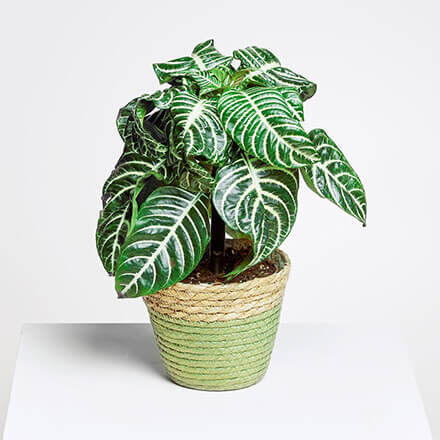
Aphelandra
The Aphelandra, also called zebra plant, is directly noticeable for its striped leaves and yellow flowers. The Aphelandra is known for its preference for bright, indirect light. Place it in a location that is sufficiently bright but avoids direct sunlight. It also likes high humidity. It can be helpful to spray the leaves regularly with water or to place the plant on a pebble tray filled with water. Like other houseplants, it purifies the air by filtering pollutants such as formaldehyde and benzene. It also helps to increase indoor humidity with its large leaves.

Sansevieria
Sansevieria, also called bow hemp or mother-in-law's tongue, is a striking houseplant with long, upright leaves. Curved hemp is an excellent air purifier and filters pollutants from the room air. What makes bow hemp special is its ability to release oxygen at night. While most plants produce carbon dioxide at night, bow hemp continues to release oxygen, which leads to better air quality, especially in bedrooms. Curved hemp is also very easy to care for and undemanding. It gets by with little light and rarely needs watering.
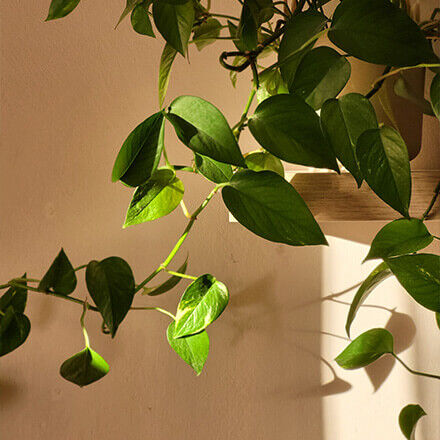
Ivy
The ivy, Epipremnum aureum, is a versatile houseplant distinguished from other houseplants by its green, heart-shaped leaves and creeping tendrils. The ivy is best known for its ability to absorb moisture in dark rooms such as bathrooms, preventing mould growth. Its climbing vines also make it an excellent choice for hanging baskets or for covering unsightly areas.
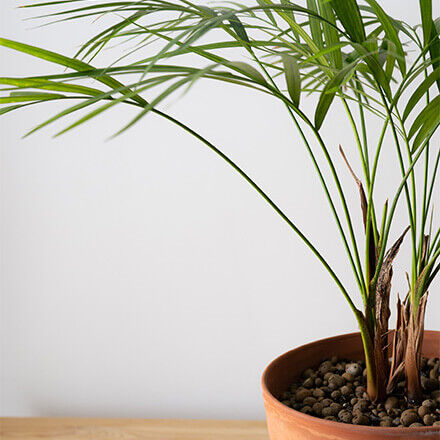
Mountain palm
The mountain palm, also called Chamaedorea elegans, is a versatile houseplant that sets beautiful accents in the home with its feathery leaves. A special feature of the mountain palm is its ability to increase the humidity indoors. It continuously releases moisture, which is an advantage in dry environments or during the winter months. This increase in humidity counteracts dry skin, irritated eyes and respiratory problems. The mountain palm feels comfortable in bright locations without direct sunlight.

Alocasia
The Alocasia, also known as the arrow leaf, has similar properties to other houseplants when it comes to improving the indoor climate due to its characteristic arrow-shaped leaves. A special characteristic of the Alocasia is its ability to thrive in humid environments. It prefers high humidity and is particularly suitable for bathrooms and kitchens.
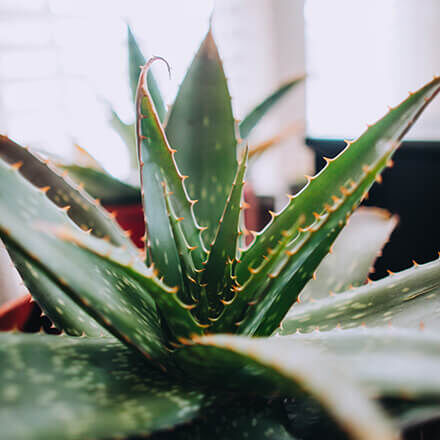
Aloe vera
Aloe vera is best known for its fleshy, juicy leaves. As an indoor plant, it is particularly suitable for improving the indoor climate. Due to the water stored in the leaves, it provides increased humidity in the cold winter months. Aloe vera is a low-maintenance plant that thrives well in various rooms such as the living room, kitchen or bedroom. Like the bow hemp, the aloe vera produces oxygen at night.
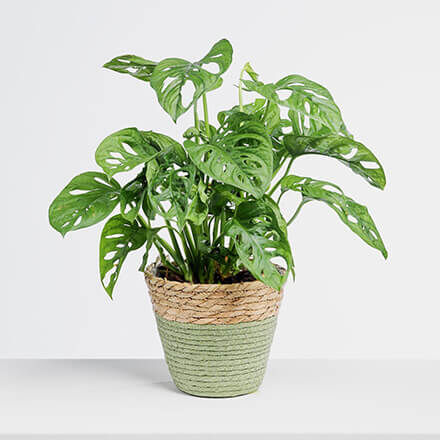
Monstera Monkey Leaf
The Monstera Monkey Leaf, also known as monkey leaf, is an eye-catching houseplant that enriches any room with its large leaves. The Monstera Monkey Leaf is not only an aesthetic enrichment for the home, but also has a positive effect on the indoor climate. Due to its size and the spreading leaves, it ensures good pollutant filtering and regulation of the air humidity. The Monstera Monkey Leaf feels at home in bright rooms such as the living room.
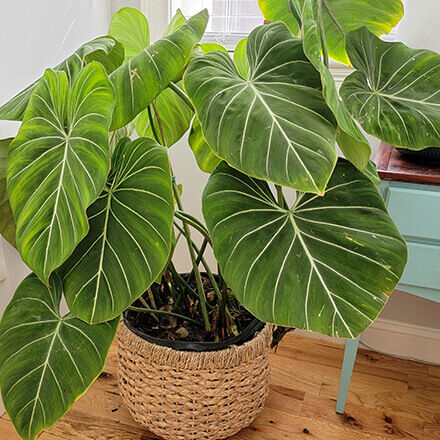
Philodendron
The philodendron, a popular houseplant, is known for its lush, heart-shaped leaves and its adaptability. Besides its ability to improve the indoor climate by filtering pollutants and increasing humidity, its adaptability allows it to thrive in different light conditions. It prefers bright, indirect light, but can also cope with less light. This makes it a versatile houseplant that feels at home in different rooms such as the living room, bedroom or office.
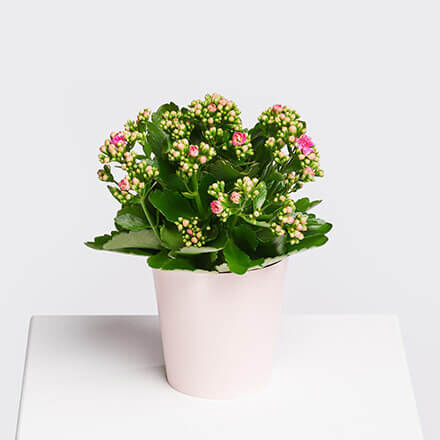
Kalanchoe
The Kalanchoe is a fascinating houseplant that not only impresses with its beautiful, colourful flowers. It also has a positive effect on our well-being. Although it is not as well known as other houseplants, the Kalanchoe also has important properties for improving the indoor climate by filtering pollutants from the room air and increasing the humidity. The Kalanchoe feels particularly at home in the living room, but likes to do without direct sunlight.

Ficus Green Asia
The Ficus Green Asia, also known as the Green Asian Rubber Tree, is an eye-catcher in any room with its glossy, dark green leaves and upright growth. The Ficus Green Asia feels at home in bright places in the home without direct sunlight and provides a better indoor climate there.











